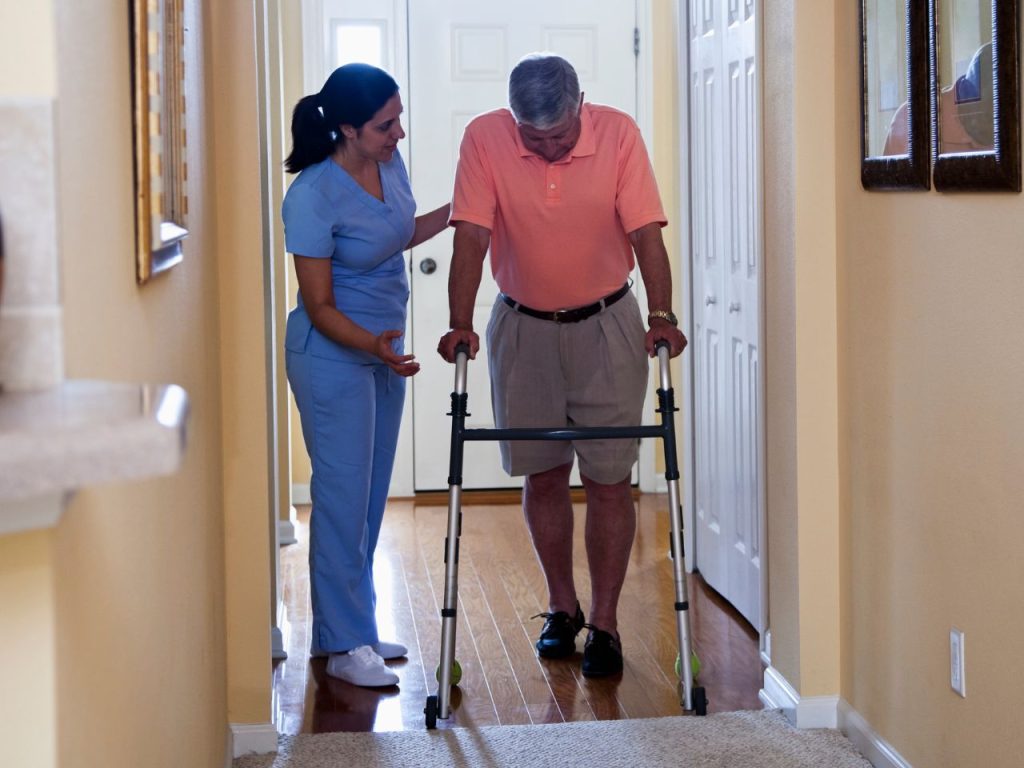
by Megan Bernier, MSPT RAC-CT COS-C
Since the COVID-19 Public Health Emergency, more and more hospitals are starting Hospital-at-Home programs. These programs are designed to allow patients to remain in their homes but still receive hospital level care. If a patient is referred to home health following discharge from the hospital at home program, please keep the following in mind when completing the Start of Care/Resumption of Care (SOC/ROC) OASIS and items M1000 – Inpatient Facilities and M1005 – Inpatient Discharge Date.
The intent of M1000 – Inpatient Facilities is to identify whether the patient has been discharged from an inpatient facility within the 14 days immediately preceding the SOC/ROC Date. In an instance where a patient is receiving care in their home under a Hospital at Home program, they are considered to be in an inpatient facility. This is because the services being provided are being delivered under the coordination of an acute care hospital.
If the patient’s discharge from the Hospital at Home program is within the past 14 days, then for M1000 – Inpatient Facilities, response 3 – Short-stay acute hospital (IPPS) should be checked.
M1005 – Inpatient Discharge Date will indicate the date the patient was discharged from the Hospital at Home program if that is the most recent discharge from an inpatient facility that occurred within 14 days immediately preceding the SOC/ROC date.
___
Stay up to date on new CMS information related to HHVBP and OASIS accuracy.
by Megan Bernier, MSPT RAC-CT COS-C Why is item M1100 ...
by Marian Essey, RN, BSN, COS-C Soon after OASIS data ...
by Marian Essey, RN, BSN, COS-C With the October 2024 ...
by Lori Marmon PT, MBA, COS-C Beginning January 1, 2025, ...
by Kerry Termine, DPT, HCS-D, COS-C What are the Quality ...
by Lori Marmon PT, MBA, COS-C Home health providers are ...